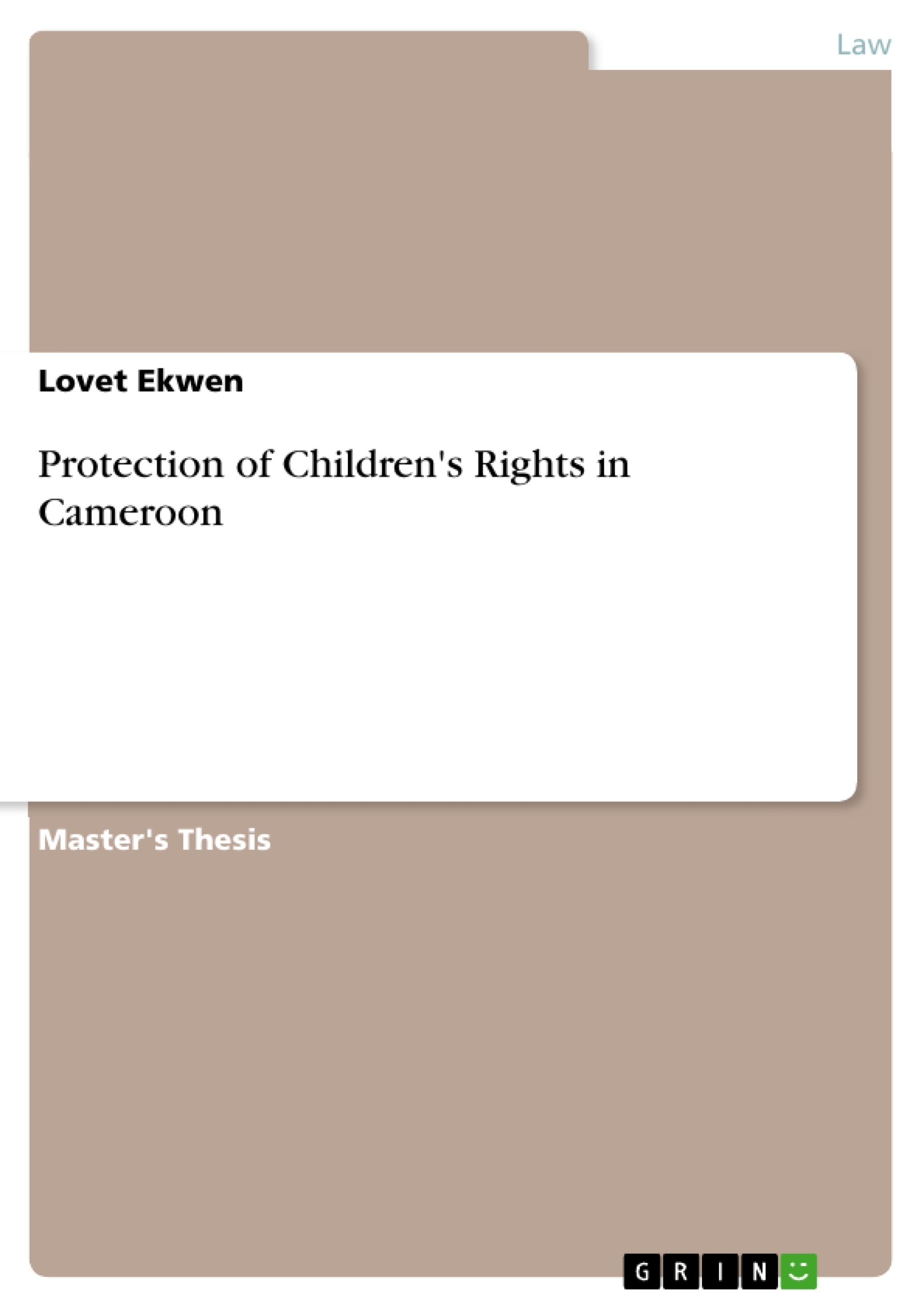Children are human beings below the age of 18 years. They are unique and privileged since they are a vulnerable group of human beings. Children have human rights such as the right to education, health and a standard of living. These rights have to be respected and protected. The ideas that animated the children’s right movement developed after the Second World War and the atrocities of the Holocaust. Children are often victims of bad treatment, negative social and cultural practices, sexual abuse and all forms of economic hazardous exploitation.
This research exposes child labour as a major infringement of child rights that needs to be eliminated. Children engage in this activity out of desperation or are forced. Although they are coming from poor families, some of them have to work. Others are trafficked and forced to work in plantations while others are in commercial sexual exploitation. It therefore becomes necessary to investigate on activities violating children’s rights and possible mechanisms.
This work adopts the doctrinal research method which is appropriate in law. It therefore makes use of content analysis. International legal instruments protecting children’s rights at the international level are discussed in relation to the various rights of children. In Cameroon, international legal instruments have precedence over national instruments protecting children’s rights. These international legal instruments are ratified and applied with other national instruments protecting children’s rights, yet, these rights are still violated.
It is recommended that measures should be taken to intensify the fight against child labour in the area of education. Cameroon has a good legal framework for the protection of children’s rights. However, child labour which is manifested in its various forms only suggests that more is expected from the government in protecting children’s rights.
- Citation du texte
- Lovet Ekwen (Auteur), 2015, Protection of Children's Rights in Cameroon, Munich, GRIN Verlag, https://www.grin.com/document/349811



